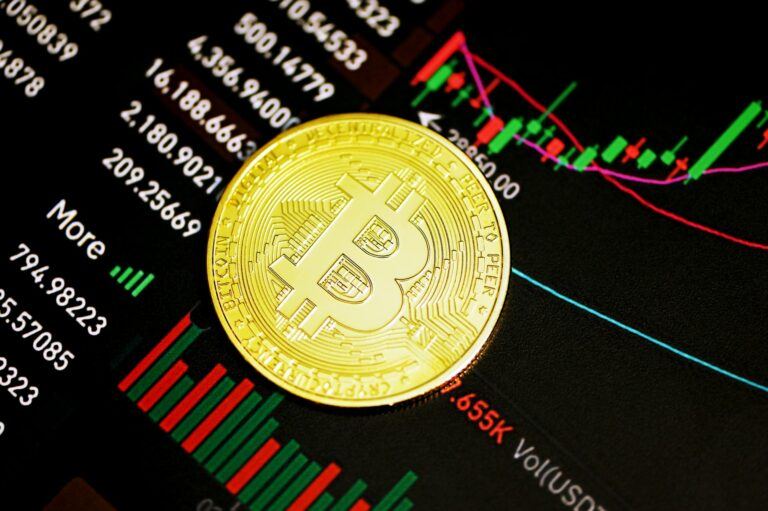Bitcoin miner outflows have recently risen to hit a 77-month high at a time in which the price of the flagship cryptocurrency has been recovering and is now trading at around $46,000, suggesting miners believe its price may be facing a local top.
According to data shared by cryptocurrency analytics firm CryptoQuant, Bitcoin miner outflows, don’t directly monitor miner address transactions to cryptocurrency exchanges, but monitor outflows from BTC mining pool wallets.
While this could mean Bitcoin miners are moving their funds to other addresses in a bid to safeguard them, CryptoQuant notes that growing outflows are an indicator of sentiment, as more outflows mean more miner rewards are exposed to being sold on the market – a bearish signal.
These outflows come at a time in which the U.S. Securities and Exchange Commission approved 11 spot Bitcoin exchange-traded funds (ETFs), including some from major asset managers including BlackRock and Fidelity.
Bitcoin’s price rose more than 170% over the past year as investors expected the launch of these funds, which according to proponents could see institutional and retail investors increase their bets on BTC, as they allow them to gain exposure to the cryptocurrency without managing a private key.
Bitcoin’s hashrate – the network’s mining power – has also been growing, and recently reached a new peak above 550 exahashes per second (EH/s), after hitting a 540 EH/s high late last month. A growing hashrate means that there’s more competition aming miners for coinbase and fee rewards, which squeezes miners’ profits.
This growing competition may mean some miners have to sell their BTC holdings to cover their expenses and keep their operations growing, and ultimately may lead to the capitulation of some miners, while other operations grow.
Featured image via Unsplash.









